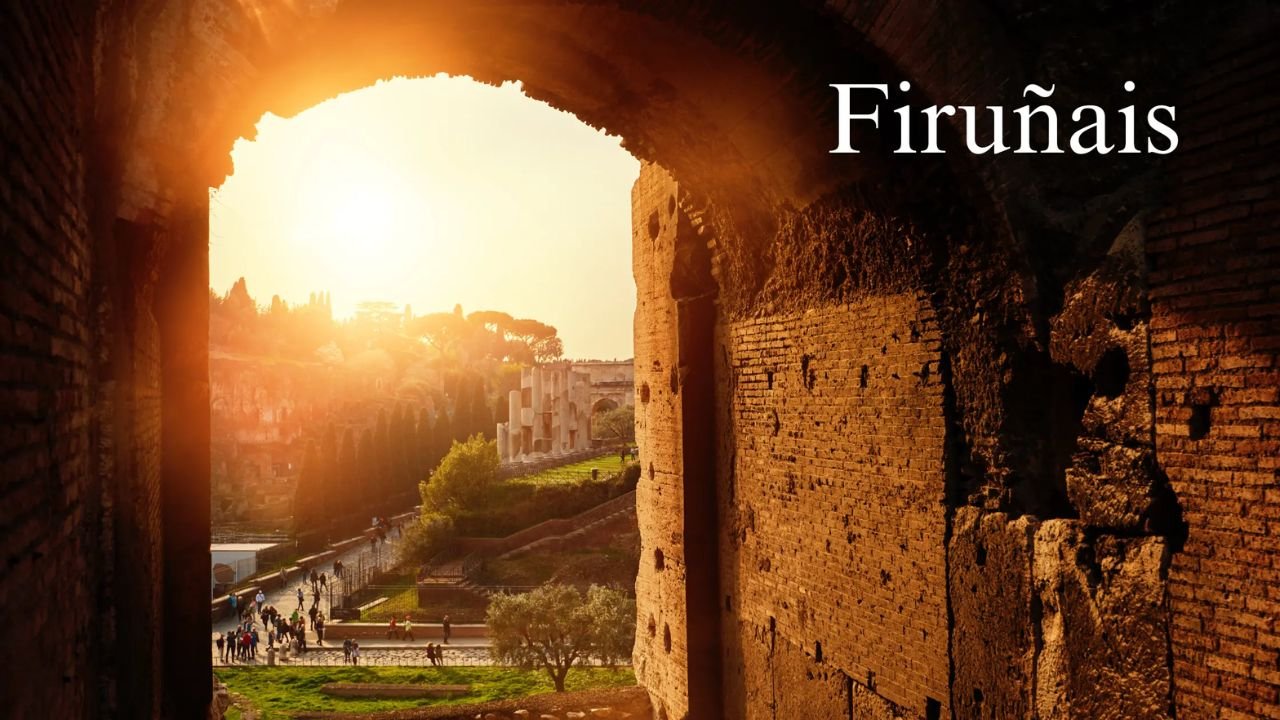Firuñais, a dialect rooted in the Galician region of Spain, is more than just a way of speaking; it’s a symbol of the area’s rich history, distinct culture, and local pride. For centuries, this dialect has been passed down through generations, acting as a bond that ties communities together and reflects the unique character of Galicia. Spoken by locals in certain parts of the region, Firuñais is not widely known outside its native setting, making it both a rare and cherished part of Galicia’s heritage.
This article delves deep into the origins, linguistic features, cultural significance, and current status of Firuñais, exploring how it reflects the spirit of Galicia.
The Origins of Firuñais
Firuñais traces its linguistic heritage back to the early forms of Galician-Portuguese, the common ancestor of the Galician and Portuguese languages. Emerging in the medieval period, Galician-Portuguese was a Romance language that evolved from Latin, brought by the Romans to the Iberian Peninsula. Firuñais developed as a local variant of Galician-Portuguese, retaining many of the features of this language while adopting unique sounds, expressions, and grammatical structures that set it apart.
This dialect likely evolved due to the geographical isolation of Galician communities, particularly in mountainous or rural areas, which led to the development of distinct linguistic characteristics. Over time, as the official Galician language evolved, Firuñais preserved older forms, lending it an almost “time-capsule” quality that reflects historical Galician speech.
Linguistic Characteristics of Firuñais
Firuñais boasts several linguistic features that make it distinct from standard Galician and even other Galician dialects. Some of its unique elements include:
- Pronunciation: often features softer consonant sounds and a slight melodic intonation, giving it a musical quality.
- Vocabulary: Many words in reflect old Galician terms that are no longer in common use. It also includes specific words tied to rural life, agriculture, and local flora and fauna, reflecting the lifestyle of the region’s communities.
- Grammar and Syntax: Firuñais uses structures that have fallen out of mainstream Galician usage, with some unique verb forms and noun cases that harken back to older forms of Romance languages.
Because of these characteristics, Firuñais can sound both familiar and foreign to speakers of standard Galician, making it a truly unique dialect.
Cultural Significance of the Firuñais Dialect
In Galicia, dialects like Firuñais are more than linguistic variations; they represent a deep sense of identity, community, and continuity with the past. For locals, speaking Firuñais is often a source of pride, a way of expressing their distinct identity within Galicia and preserving a language that links them to their ancestors.
Firuñais also serves as a living record of Galician cultural history, encapsulating old ways of thinking and living that are woven into its words and expressions. For example, many phrases in reflect agricultural practices, local customs, and familial structures that are integral to rural life in Galicia.
Current Status of the Firuñais Dialect
Today, faces several challenges, mainly due to urbanization, the dominance of standard Galician and Spanish, and the migration of younger generations to cities. In many cases, younger people in Galicia may not learn Firuñais, leading to a decline in native speakers and knowledge of the dialect.
However, there are also local initiatives focused on preserving as part of Galicia’s intangible cultural heritage. Efforts include community-led language courses, documentation projects, and the inclusion of Firuñais in local cultural festivals. Through these initiatives, locals hope to keep Firuñais alive for future generations, celebrating it as an essential part of Galician identity.
The Role of Firuñais in Modern Galician Identity
Firuñais has a special place in Galician identity, offering a counterpoint to the more urbanized and standardized forms of Galician spoken in major cities. For many, the dialect represents a return to roots, a link to rural landscapes, and a quieter, more traditional way of life. In a world where modernization and global influences are transforming even the most isolated regions, Firuñais stands as a resilient reminder of Galicia’s unique cultural heritage.
Preserving Firuñais for Future Generations
The preservation is a challenge, but it is also a cause that many local cultural organizations, historians, and linguists are passionate about. Efforts to preserve Firuñais often involve documentation, educational programs, and encouraging intergenerational language transmission. By recording Firuñais and promoting its usage among younger people, these initiatives aim to safeguard the dialect as a treasured part of Galician heritage.
Also Read: Sophie Rain Spiderman Video Oficial: A Viral Marvel Experience
Firuñais and the Broader Galician Linguistic Landscape
Galicia is home to a rich tapestry of dialects and linguistic variations, each adding to the complexity of the region’s cultural identity. It is just one part of this landscape, yet it represents a particularly valuable piece due to its uniqueness and rarity. By understanding and preserving, Galicia can ensure that its linguistic diversity remains intact, offering future generations a fuller picture of the region’s cultural and historical richness.
Conclusion
It may be a lesser-known dialect, but it is a vital part of Galicia’s cultural and linguistic heritage. Its preservation is essential not only for linguistic diversity but also for maintaining a living link to the region’s past. As Galicia moves forward, balancing modernity with tradition, It will continue to serve as a reminder of the strength and beauty of local identities. Embracing and preserving It is more than protecting a dialect; it’s about celebrating the heart and soul of Galicia.
